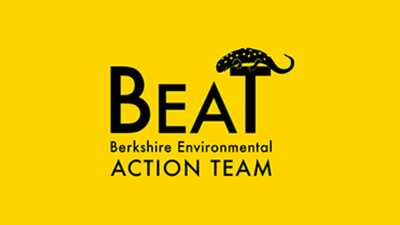Berkshire Green Drinks: Second Chance Composting in The Berkshires
WILLIAMSTOWN, Mass. — The first Berkshire Green Drinks of 2024 will feature John Pitroff, the owner of Second Chance Composting.
This free hybrid event is taking place on Wednesday, January 10, online via Zoom and in person at The Barn of Williams Inn, located at 103 Spring Street in Williamstown. The in-person social gathering begins at 5:00 PM; the presentation and Zoom meeting start at 6:00 PM.
According to a press release:
Delve into the comprehensive world of composting as John illuminates both residential and commercial aspects, addressing what materials can or cannot be composted and the underlying reasons. Engage in a thoughtful exploration of common concerns surrounding composting, gaining insights into the intricacies of the composting process and the importance of composting on a localized and broader scale. John will also share how Second Chance Composting contributes to community building and endeavors to make composting accessible to all. Don't miss this enlightening discussion at the intersection of environmental awareness and sustainable practices.
John Pitroff started Second Chance Composting in June 2022 and has worked to make composting available and a top priority in the Berkshires. In 16 months, his company has diverted 377,329 pounds of material from the landfill, including 124,686 pounds of food scraps. John is also the alternative commissioner for the Town of Adams Northern Berkshire Solid Waste Management District, a 2022 Graduate of the Vermont Compost Operator Certification Program, and the 2023 Massachusetts MassRecycle Individual Award winner.
Berkshire Green Drinks (formerly Pittsfield Green Drinks) is an informal gathering that takes place once a month. A guest speaker talks for about 30 minutes beginning at 6 PM, and the presentation is followed by a discussion and Q&A. These nights are free and open to everyone with any environmental interest.
Berkshire Green Drinks is sponsored and organized by the Berkshire Environmental Action Team (BEAT).
Tags: BEAT,

